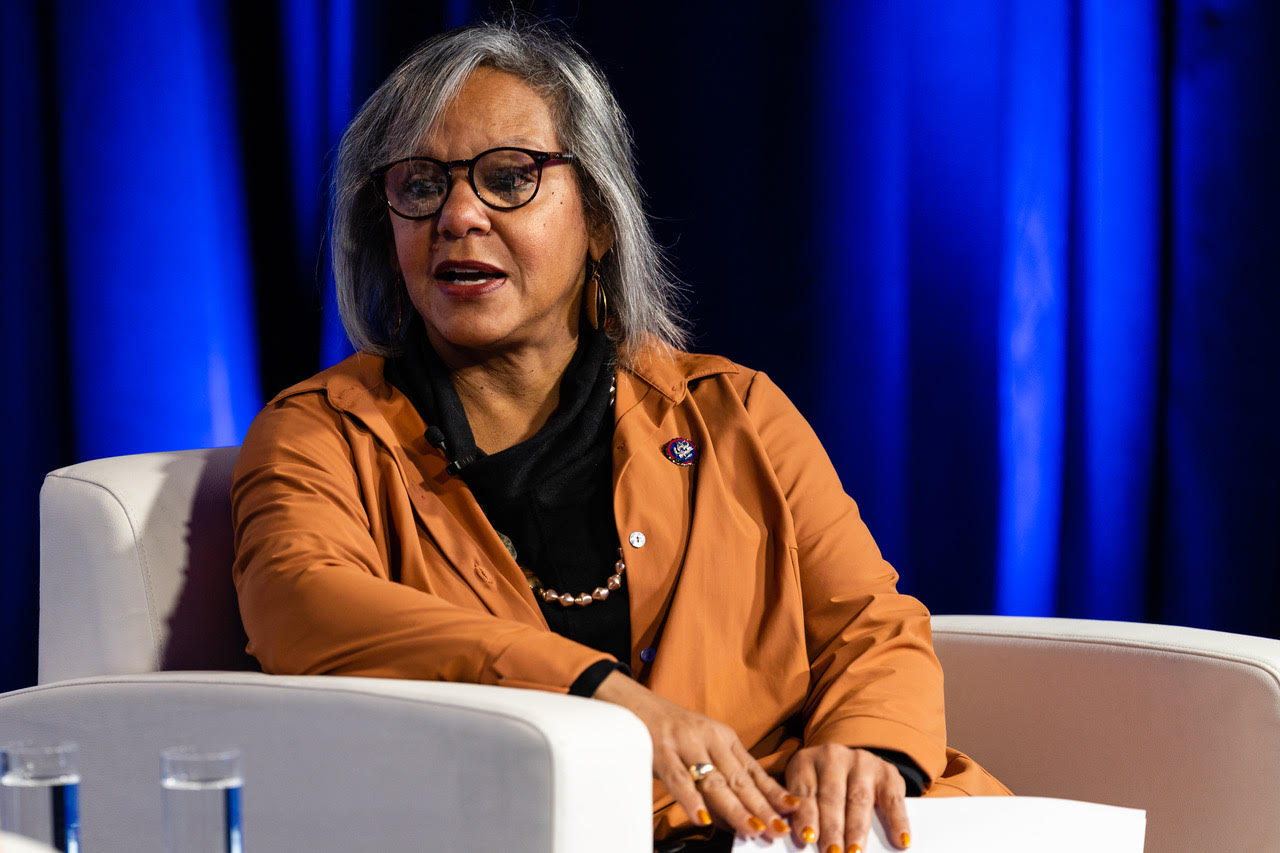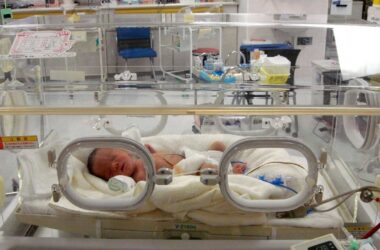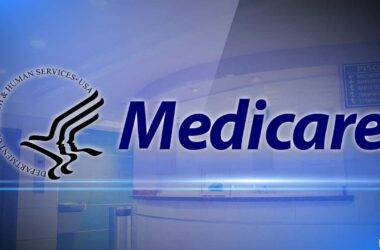Northwestern Medicine experts outline the signs of a stroke and explain the need for quick action
CHICAGO–(ENEWSPF)–June 2, 2014. On average, one American dies from a stroke every four minutes. Stroke is also the leading cause of adult disability in the United States. While common, stroke is also preventable with lifestyle changes. Recognizing a stroke when it occurs can save lives yet a recent study reported that 1 in 5 women can’t identify a single stroke warning sign – even though it’s the fourth leading cause of death among Americans. Northwestern Medicine® stroke experts encourage people to understand how they can limit their risk and to learn the symptoms of stroke.
“A stroke occurs when a blocked blood vessel or artery interrupts blood flow to a particular part of the brain,” said Richard Bernstein, MD, director of the Northwestern Medicine Stroke Program and Telestroke and professor in the Ken and Ruth Davee Department of Neurology at Northwestern University Feinberg School of Medicine. “Depending on the severity of a stroke and where in the brain it occurred, physical, cognitive and emotional functions may be impacted.”
Sometimes called “brain attacks,” strokes leave more than two thirds of survivors with lasting disability. With rehabilitation and specialist stroke survivors and their families are given hope and support through this life altering event. While some stroke risk factors can be reduced or controlled with preventive lifestyle choices, others are inherited.
“Making healthy decisions can dramatically lower a person’s risk of having a stroke,” said Clyde Yancy, MD, associate director of Northwestern’s Bluhm Cardiovascular Institute and chief of the division of cardiology at Northwestern Memorial and the Feinberg School. “While not every stroke risk is controllable an overall healthy lifestyle that emphasizes weight management through regular exercise and a diet rich in fruits, vegetables and whole grains while avoiding high sodium and high-fat foods is important for overall health. Controlling blood pressure cannot be overemphasized as a way to reduce the likelihood of a stroke. Not smoking and limiting your drinking will also improve your overall health and decrease your likelihood of having a stroke.”
People with preexisting medical conditions or have family members that had a stroke are also have an increased risk of stroke. Cardiovascular conditions including atrial fibrillation (irregular heartbeat) and poor circulation because of narrowed arteries heighten stroke risk. Neurological conditions including aneurysms and vascular malformations can cause bleeding in the brain, which is often the cause of stroke in young individuals. Proper treatment for these conditions plays an important role in risk reduction and prevention.
When a stroke occurs, rapid medical attention is crucial. When treatment is received promptly, a person has a far greater chance of surviving the stroke and more likely to have less lasting damage.
Immediate medical care should be sought if one or more of the following warning signs are observed: sudden numbness or weakness of the face, arm or leg, especially on one side of the body; sudden confusion, trouble speaking or understanding; sudden trouble seeing in one or both eyes; sudden trouble walking, dizziness, loss of balance or coordination; or sudden, severe headache with no known cause.
To remember the signs of stroke, the National Stroke Association recommends using the acronym FAST:
• Face – Ask the person to smile. Does one side of the face droop?
• Arms – Ask the person to raise both arms. Does one arm drift downward?
• Speech – Ask the person to speak. Does the person have slurred speech or trouble speaking?
• Time – If you observe any of the above signs, call 9-1-1.
Take this Northwestern Medicine stroke risk assessment to learn more about stroke risk factors you can help control. For more information about stroke, visit our website. To find a physician, call 312-926-0779.
Source: nmh.org








